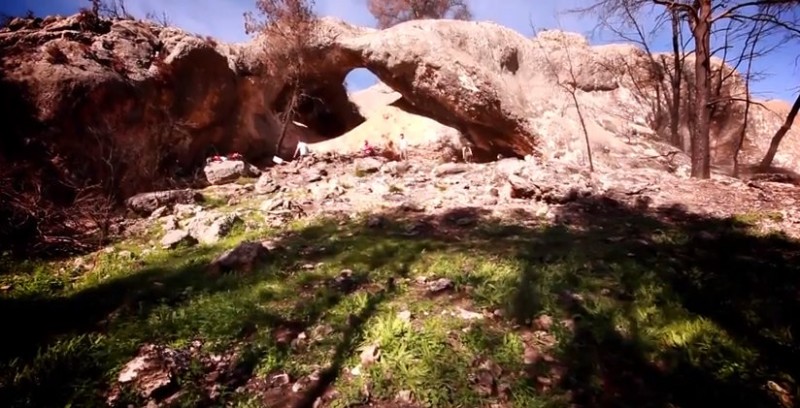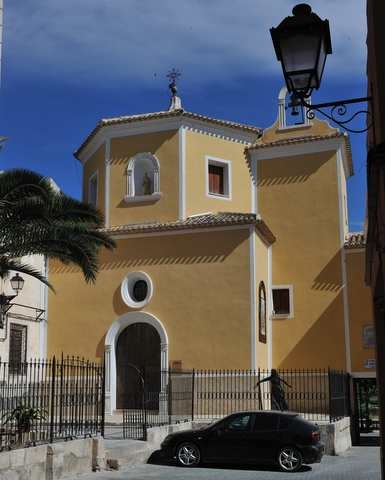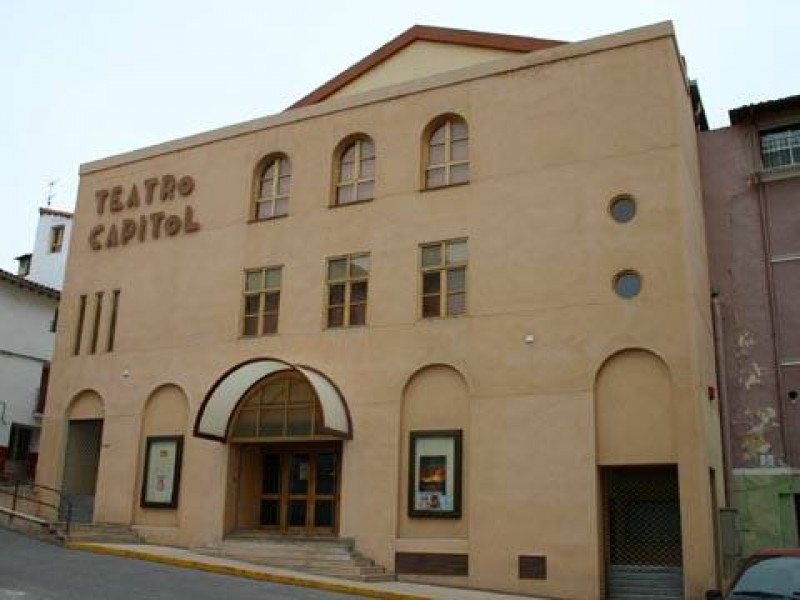- Region
- Águilas
- Alhama de Murcia
- Jumilla
- Lorca
- Los Alcázares
- Mazarrón
- San Javier
-
ALL AREAS & TOWNS
- AREAS
- SOUTH WEST
- MAR MENOR
- MURCIA CITY & CENTRAL
- NORTH & NORTH WEST
- TOWNS
- Abanilla
- Abarán
- Aguilas
- Alamillo
- Alcantarilla
- Aledo
- Alhama de Murcia
- Archena
- Balsicas
- Blanca
- Bolnuevo
- Bullas
- Cañadas del Romero
- Cabo de Palos
- Calasparra
- Camping Bolnuevo
- Campo De Ricote
- Camposol
- Canada De La Lena
- Caravaca de la Cruz
- Cartagena
- Cehegin
- Ceuti
- Cieza
- Condado de Alhama
- Corvera
- Costa Cálida
- Cuevas De Almanzora
- Cuevas de Reyllo
- El Carmoli
- El Mojon
- El Molino (Puerto Lumbreras)
- El Pareton / Cantareros
- El Raso
- El Valle Golf Resort
- Fortuna
- Fuente Alamo
- Hacienda del Alamo Golf Resort
- Hacienda Riquelme Golf Resort
- Isla Plana
- Islas Menores & Mar de Cristal
- Jumilla
- La Azohia
- La Charca
- La Manga Club
- La Manga del Mar Menor
- La Pinilla
- La Puebla
- La Torre
- La Torre Golf Resort
- La Unión
- Las Palas
- Las Ramblas
- Las Ramblas Golf
- Las Torres de Cotillas
- Leiva
- Librilla
- Lo Pagan
- Lo Santiago
- Lorca
- Lorquí
- Los Alcázares
- Los Balcones
- Los Belones
- Los Canovas
- Los Nietos
- Los Perez (Tallante)
- Los Urrutias
- Los Ventorrillos
- Mar De Cristal
- Mar Menor
- Mar Menor Golf Resort
- Mazarrón
- Mazarrón Country Club
- Molina de Segura
- Moratalla
- Mula
- Murcia City
- Murcia Property
- Pareton
- Peraleja Golf Resort
- Perin
- Pilar de la Horadada
- Pinar de Campoverde
- Pinoso
- Playa Honda
- Playa Honda / Playa Paraíso
- Pliego
- Portmán
- Pozo Estrecho
- Puerto de Mazarrón
- Puerto Lumbreras
- Puntas De Calnegre
- Region of Murcia
- Ricote
- Roda Golf Resort
- Roldan
- Roldan and Lo Ferro
- San Javier
- San Pedro del Pinatar
- Santiago de la Ribera
- Sierra Espuña
- Sucina
- Tallante
- Terrazas de la Torre Golf Resort
- Torre Pacheco
- Totana
- What's On Weekly Bulletin
- Yecla


- EDITIONS:
 Spanish News Today
Spanish News Today
 Alicante Today
Alicante Today
 Andalucia Today
Andalucia Today
HOME > MURCIA NORTH & NORTH WEST > CIEZA
town
Cieza Today
Introduction to Cieza
 Cieza is the gateway to the north of the region of Murcia, a municipality covering 365 km2, with a population of around 35,000 inhabitants. It falls within the area known as the Vega Alta del Segura and is directly connected with Madrid via rail and motorway.
Cieza is the gateway to the north of the region of Murcia, a municipality covering 365 km2, with a population of around 35,000 inhabitants. It falls within the area known as the Vega Alta del Segura and is directly connected with Madrid via rail and motorway.
Cieza lies in a fertile valley, fed by the waters of the River Segura, surrounded by mountainous peaks: the Sierra de la Cabeza del Asno, the Sierra Larga, the Sierra de Ascoy, of Almorchón, the Sierra del Oro, and the Sierra de la Atalaya.
 Throughout its history, Cieza has been dedicated to agriculture and today fruit growing is its principal economic activity producing more than 130 million kilos of peaches every year, making Cieza the biggest peach producing municipality in Europe.
Throughout its history, Cieza has been dedicated to agriculture and today fruit growing is its principal economic activity producing more than 130 million kilos of peaches every year, making Cieza the biggest peach producing municipality in Europe.
The agricultural richness of Cieza has attracted settlers from prehistory, and has several important caves containing pre-histric rock art, including the Cueva de la Serreta in the Cañón de Almadenes, and the Barranco de los Grajos.
 The Iberian-Roman epoch is represented by the settlement at Bolvax, the Argaric by Cerro de las Beatas, but the most impressive remains in Cieza are those of Medina Siyâsa, a large scale Moorish settlement which reached its peak during the 11th and 12th centuries, and was located high above the situation of the existing town. Below it, in the Archaeological Museum two of the houses excavated have been rebuilt, creating an intimate and tantalising glimpse into this fascinating culture.
The Iberian-Roman epoch is represented by the settlement at Bolvax, the Argaric by Cerro de las Beatas, but the most impressive remains in Cieza are those of Medina Siyâsa, a large scale Moorish settlement which reached its peak during the 11th and 12th centuries, and was located high above the situation of the existing town. Below it, in the Archaeological Museum two of the houses excavated have been rebuilt, creating an intimate and tantalising glimpse into this fascinating culture.
 Following the Christian Reconquist the town was awarded to the Order of Santiago in 1281 and the population moved down to its existing location in the valley below. Although this brought them closer to the river it also put them in a situation of danger during the 200 year period in which the Moors still ruled in Granada. Cieza was
Following the Christian Reconquist the town was awarded to the Order of Santiago in 1281 and the population moved down to its existing location in the valley below. Although this brought them closer to the river it also put them in a situation of danger during the 200 year period in which the Moors still ruled in Granada. Cieza was  sacked in 1477, an act which is still remembered in the annual Fiestas del Escudo,in which the town is once again filled with the costumes of the Moors and Christians.
sacked in 1477, an act which is still remembered in the annual Fiestas del Escudo,in which the town is once again filled with the costumes of the Moors and Christians.
The other major celebration is the Fiesta of the town’s patron saint, San Bartolomé, which takes place in the last week of August, at the end of the fruit harvest, and is famous for its annual olive stone spitting championship.
 Cieza is also famous for its spring, the “floración” when the fields are filled with millions of pink flowers as the fruit trees blossom, and is also renowned for its Semana Santa, owning a remarkable collection of sculptures which has been classified as being of regional interest.
Cieza is also famous for its spring, the “floración” when the fields are filled with millions of pink flowers as the fruit trees blossom, and is also renowned for its Semana Santa, owning a remarkable collection of sculptures which has been classified as being of regional interest.
Cieza was also an important focal point for Esparto production during the 19th and to the middle of the 20th centuries, when the advent of imported fibres destroyed the market for natural fibre products . Espartero weaving is a dying art and a small museum is dedicated to the industry, complemented by the well preserved mill by the  riverbank, the Molino de Teodoro, although esparto products can still be purchased in the artisan market, Los Frailes held monthly in the town.
riverbank, the Molino de Teodoro, although esparto products can still be purchased in the artisan market, Los Frailes held monthly in the town.
Other important buildings include the Iglesia y Convento de San Joaquín, the Monasterio de la Inmaculada Concepción, Basílica de Nuestra Señora de la Asunción, Ermita de San Bartolomé, the Ermita de la Virgen del Buen Suceso in Collado de la Atalaya, Ermita Ntra Sra del Consuelo, and the Mercado de Abastos(Julio Carrilero 1929).
Where is Cieza?
Cieza borders with Jumilla to the North, to the Northeast with Albacete, to the East with Abarán, to the South with Ricote and Mula and with Calasparra to the West.
Click for map, Cieza
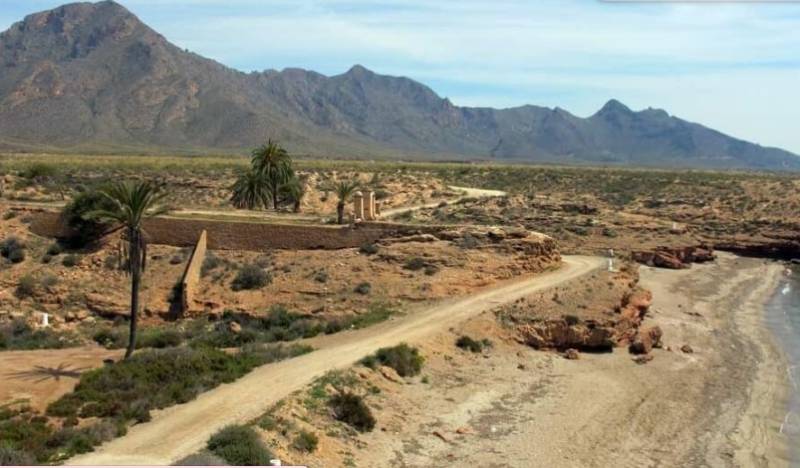
Discover Murcia's greenways: cycle and hike from coast to mountainsExplore the region’s scenic wonders with cycling and walking trails for every season Murcia’s network of “Greenways” offers more than 170 kilometres of dedicated cycling and walking trails that make the most of the region&rsquo.. 14/10/2025
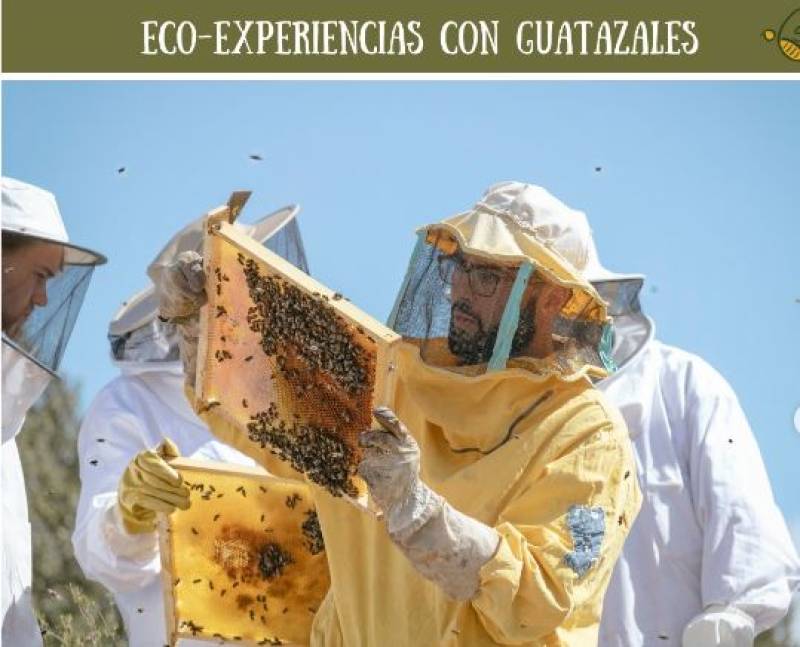
Round off summer with unique experiences and activities at Guatazales, BullasExplore the fascinating world of beekeeping, sample incredible wines, olive oil and honey or immerse yourself in nature Summer may be drawing to a close, but at Guatazales in Bullas there is still so much to discover. Known for its regenerative organic.. 22/09/2025
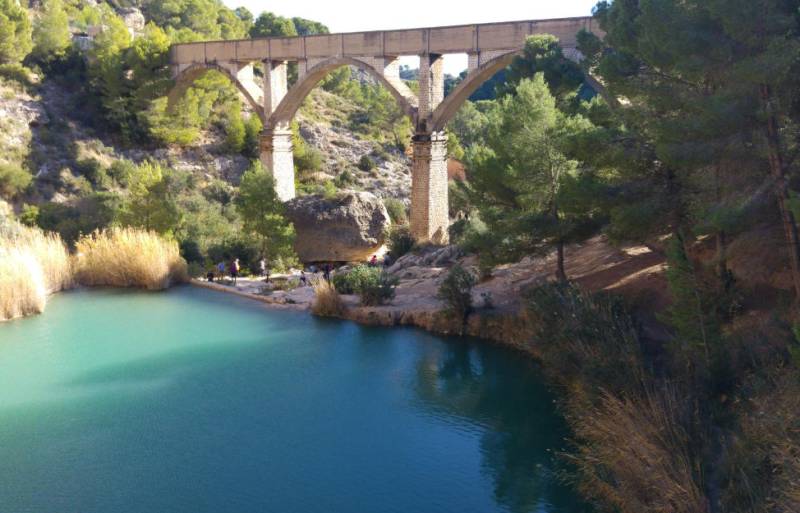
9 natural swimming pools in inland Murcia!Northern Murcia is dotted with heavenly locations in water ranging from jacuzzi temperature to icy cold! We are now in the middle of the “dog days” of summer, the month from mid-July to mid-August when the heat is relentless, the beaches are more..
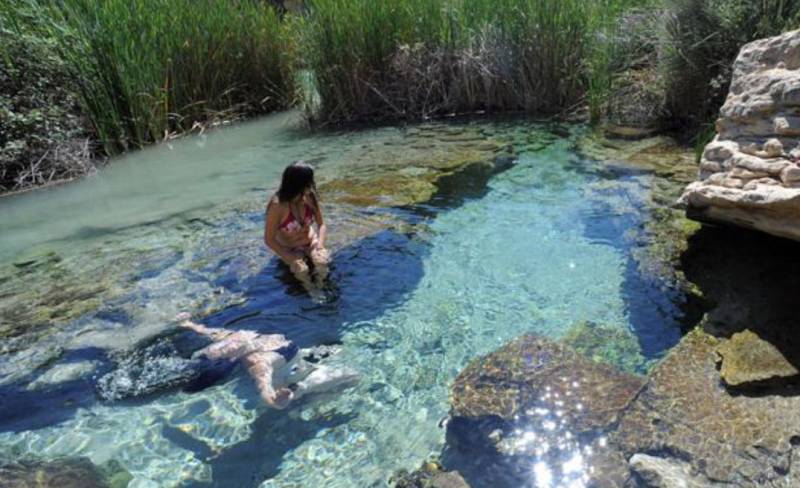
The natural pool in Murcia that feels like a jacuzzi all year roundThe wild spring offers a soothing swim at 25°C in a stunning riverside setting near Cieza Tucked away in the Region of Murcia lies a hidden gem that feels like nature’s own jacuzzi. Always hovering around 25°C, this crystal-clear spring offers..
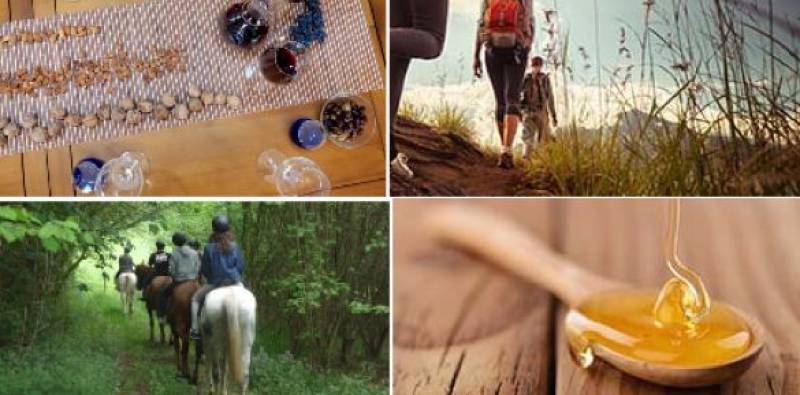
Affordable wine experiences, honey tastings, horse riding and more rural tourism in Bullas from GuatazalesBook a rural retreat holiday or activity in northern Murcia with Guatazales, the wine, honey and experience specialists for tourists More and more, people who come to visit Spain are looking for alternative experiences and events based around food..

10 sites to see prehistoric rock art in the Region of MurciaFrom Yecla and Moratalla in the north to Isla Plana in the south, Murcia was home to cave-dwelling artists as long as 10,000 years ago Hidden away in caves and rock shelters of the Murcia countryside is evidence that the forefathers of modern humans inhabited..

Comprehensive property management and real estate services in Corvera, Murcia from The Finishing Touch (TFT)For property management, sales and aftersales services for home purchases, rentals and holiday lets in Murcia Located in Corvera, Murcia, The Finishing Touch (TFT) provides a full range of property management, sales and aftersales services for homeowners..
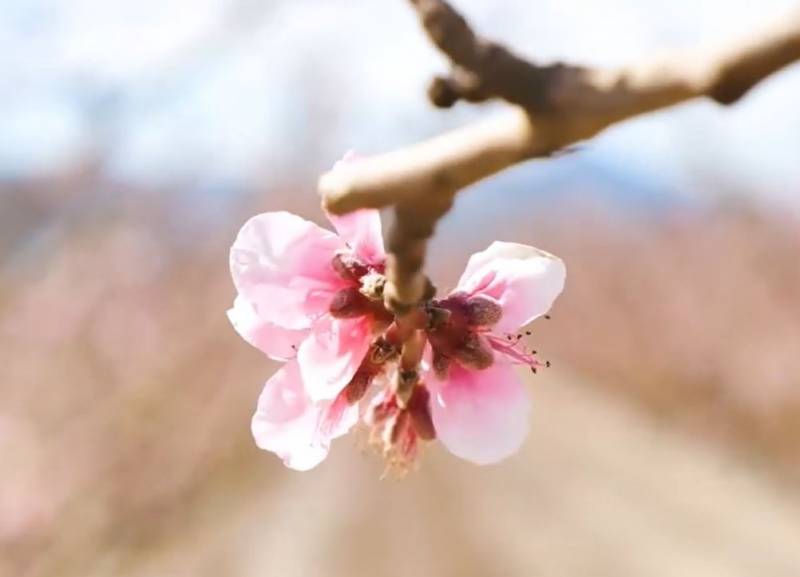
Floracion peach blossoms in Cieza this spring: When is the best time to go?Witness the magic of the Cieza peach trees in bloom this year Every spring, the fields around Cieza in Spain’s Region of Murcia celebrate an unparalleled spectacle of nature – the floración, or the flowering of the blossoms on the.. 21/01/2025
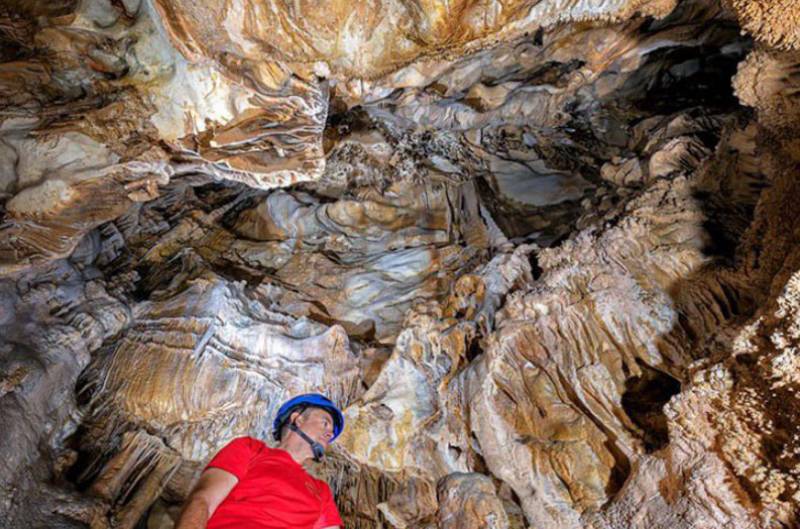
Spectacular cave visits in the Region of MurciaAdventure for all the family in unique chambers where geology and history combine to provide unique experiences The summer tourist season is drawing to a close in The Region of Murcia and throughout Europe but fortunately in the Costa Cálida there are..

This is where the DGT has cameras to make sure you are wearing your seatbeltWearing a seatbelt is one of the easiest ways to increase road safety The European Automobile Associations (AEA) have made public a list of traffic cameras used by the Directorate General of Traffic (DGT) in Spain to catch people who do not wear.. 26/04/2024
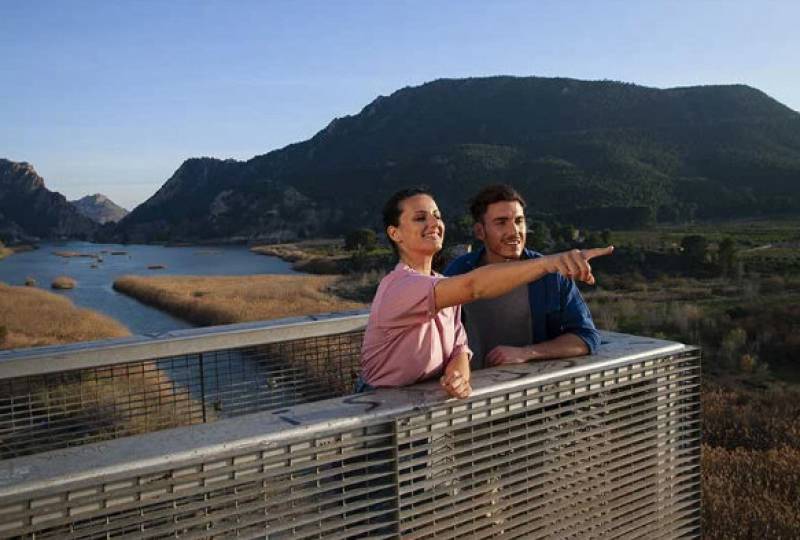
The Ricote Valley and Cieza, a perfect blend of History and NatureA land of lush greenery forgotten by Time in the heart of the Region of Murcia Right in the heart of the Region of Murcia there is a land which it appears that Time forgot, leaving intact much of the cultural heritage of the Moorish and post-Moorish culture..
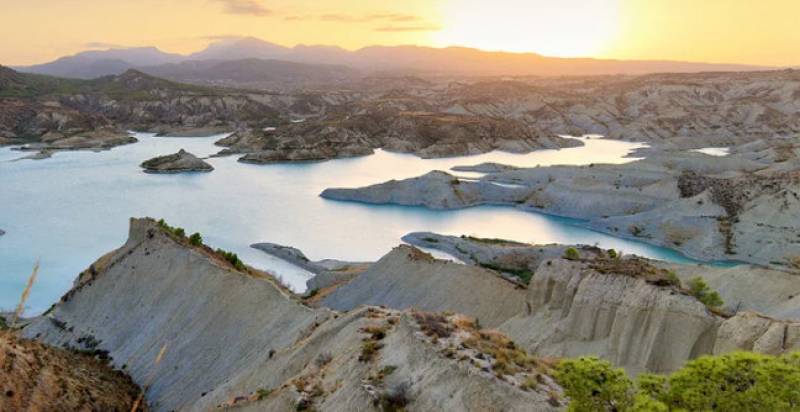
10 unique natural wonders in the Region of Murcia!Icy cold springs, moonscapes, badlands and enchanted natural cities in the Costa Cálida! Far from being simply a stretch of coastline in the western Mediterranean, the Region of Murcia has a fantastically varied landscape, and the following selection.. 23/10/2023
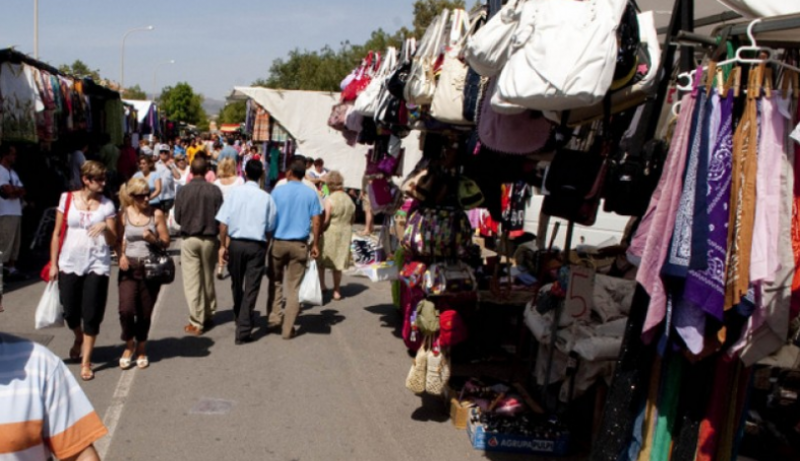
5 weekend markets not to be missed in MurciaThe street markets dotted throughout the Murcia Region are steeped in history and tradition If you haven’t yet made plans for the weekend, the Murcia Region’s abundance of street markets will offer an unmissable opportunity to sample the area..
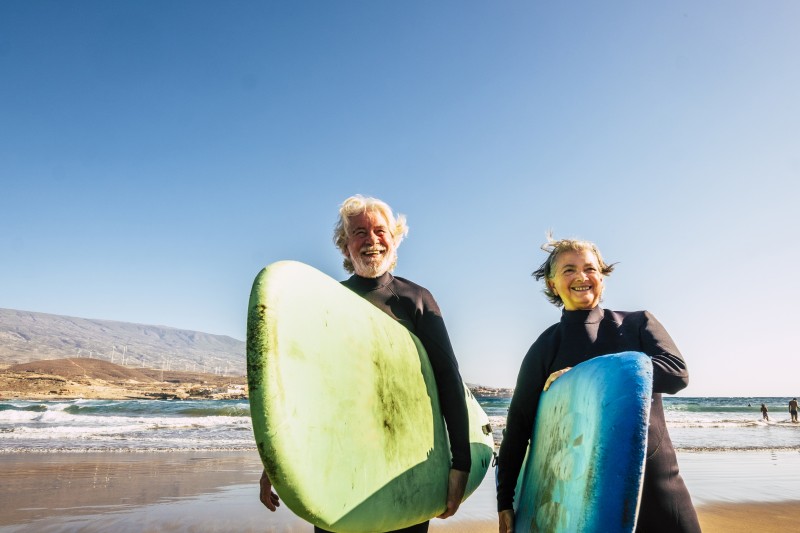
Understanding the funeral process in SpainIn Spain it is the norm to plan ahead for your funeral. It’s all part of making things easier for the family and loved ones The cost of a funeral in Spain continues to rise and most Spanish families take out some kind of funeral plan to cover..
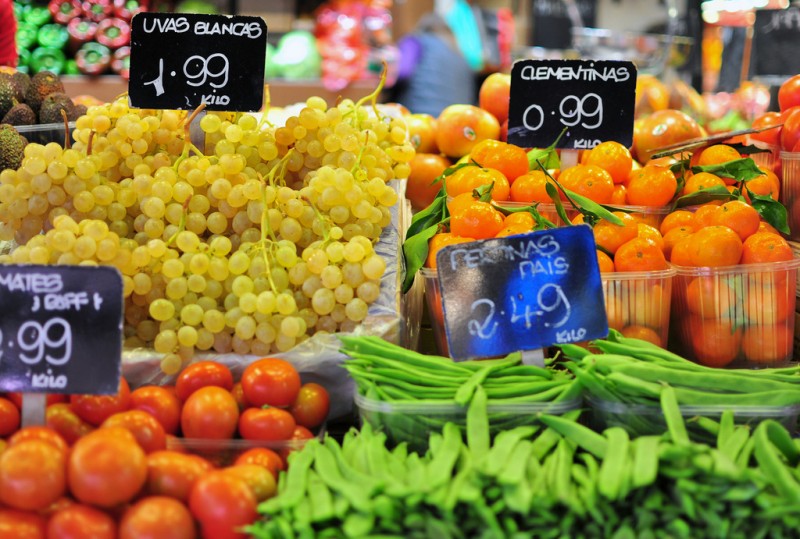
Weekly street market in Cieza Tuesday is market day in Cieza: fresh fruit and veg and a range of other goods For many expats and visitors, one of the great joys of shopping in Spain is the opportunity to buy fresh products and bargain clothes in the weekly local markets, which are..
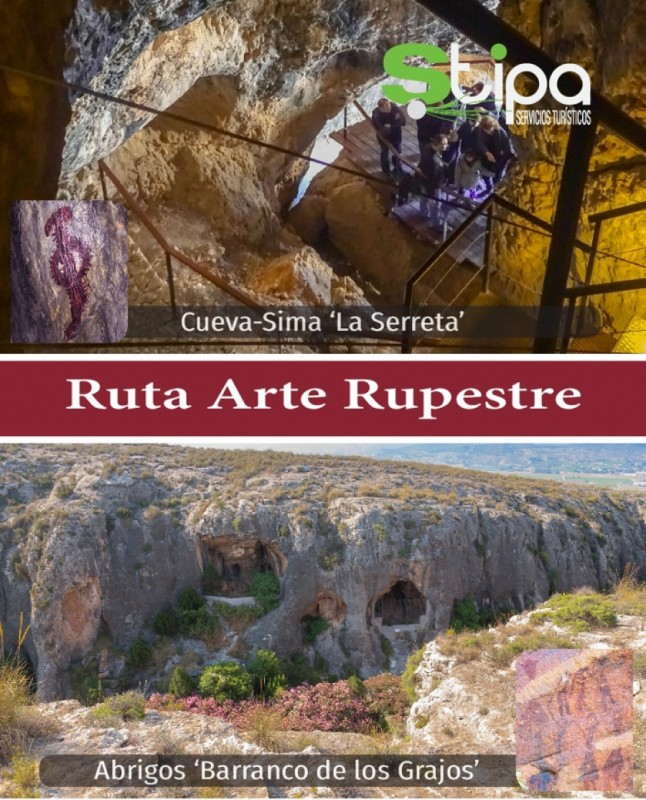
Guided tours of the Prehistoric Rock Art in Cieza Rutas de Patrimonio (Heritage routes) Available from Stipa Tours (email info@stipaturismo.com, telephone 658 641101, English is spoken at this telephone number), these visits can be arranged to cover prehistoric rock art sites of Cieza, Cieza under Moorish..
Contact Murcia Today: Editorial 000 000 000 /
Office 000 000 000
News Cieza
Whats On Cieza
Where To Go Cieza
Andalucia News Cieza
Alicante News Cieza
Lifestyle Cieza
Spanish News Cieza
Property Listings Cieza
Weather Cieza
Spanish Lifestyle Cieza
Spanish Travel & Tourism Cieza
Spanish Arts & Culture Cieza
Spanish Weather Cieza
Andalucia Weather Cieza
Andalucia Lifestyle Cieza
Andalucia Travel & Tourism Cieza
Andalucia Arts & Culture Cieza
Alicante Whats On Cieza
Alicante Where To Go Cieza
Alicante Lifestyle Cieza
Alicante Weather Cieza
Alicante Property Cieza
Property News Cieza
Motoring & Travel Cieza
Spanish Property News Cieza
Car Sales Cieza









